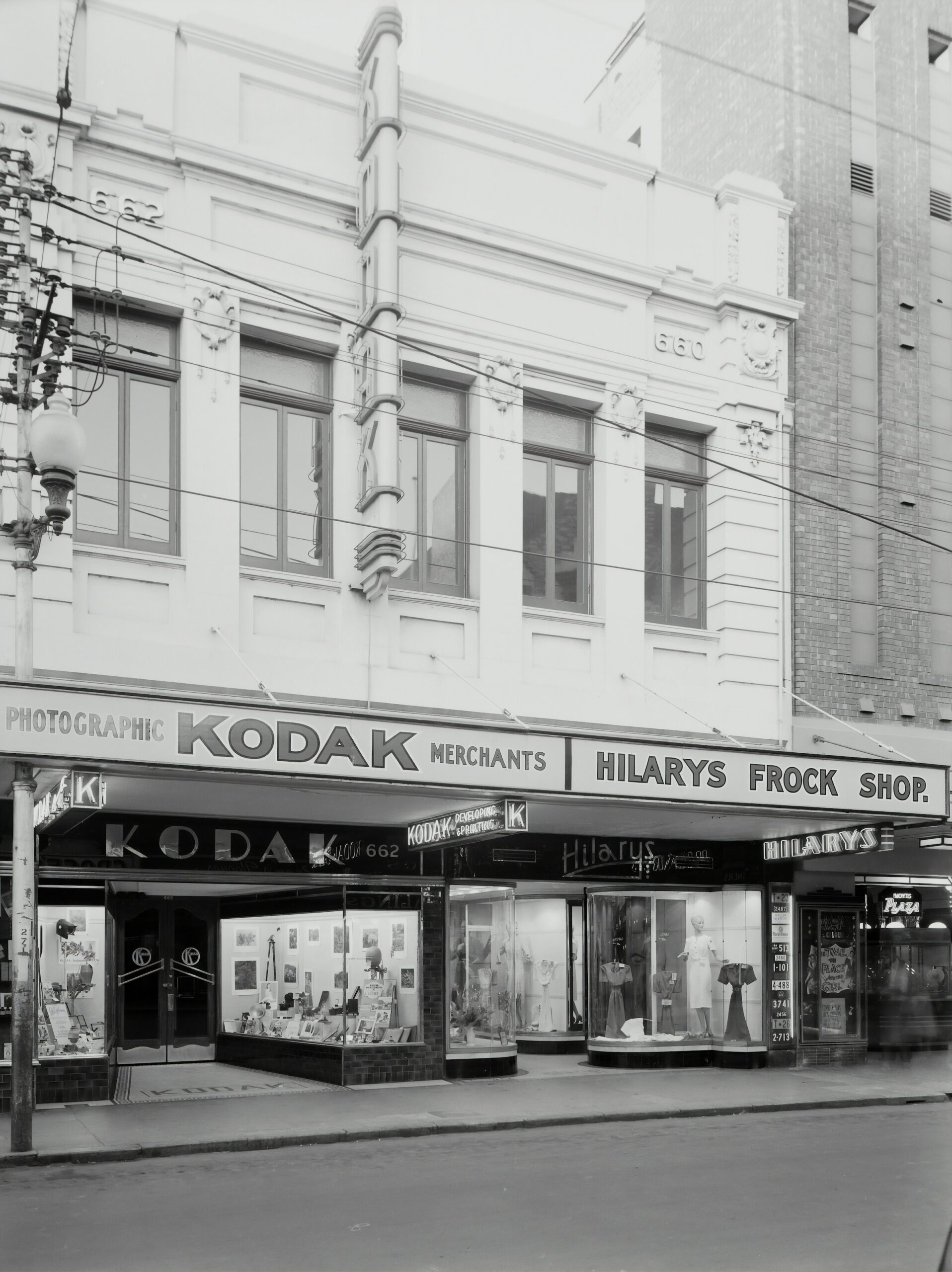In the world of automotive and architectural innovation, the evolution of window tinting materials has been remarkable. From its humble beginnings to today’s cutting-edge technologies, the journey of window tinting materials is a testament to human ingenuity and the constant pursuit of improvement. In this article, we will delve into the fascinating history and advancements of window tinting materials, shedding light on their transformative impact on various industries.

Unveiling the Past: The Origins of Window Tinting
The history of window tinting can be traced back to the early 20th century, with simple materials such as dyed film to reduce the intensity of sunlight. However, these early iterations could have been better, often fading and turning purple over time. Despite their limitations, they laid the foundation for developing more sophisticated tinting materials.
The Technological Leap: Innovations in Window Tinting
The Age of Metallic Films
In the 1960s, a significant breakthrough occurred with the introduction of metallic window tinting films. These films not only offered improved heat rejection but also enhanced the overall strength of the glass. However, they also posed a challenge by interfering with electronic signals, prompting the need for further refinement.
The Era of Ceramic Tinting
Fast forward to the 1990s, the emergence of ceramic window tinting marked a pivotal moment in the industry. By integrating nanotechnology, ceramic tints provided superior heat reduction without compromising signal clarity. This innovation revolutionized the market, setting new standards for performance and functionality.
The Modern Marvels: State-of-the-Art Tinting Materials
In the present day, the evolution of window tinting materials has reached unprecedented heights. Advanced technologies such as spectrally selective films and smart tints have redefined the possibilities, offering customizable solutions that adapt to varying light conditions. These cutting-edge materials contribute to energy efficiency and elevate the comfort and aesthetics of living spaces and vehicles.
The Rise of Smart Tints
Smart tints, also known as switchable tints, have gained traction for their dynamic nature. Utilizing electrochromic or PDLC (polymer-dispersed liquid crystal) technology, these tints can transition from transparent to opaque at the flick of a switch. This level of control over privacy and light transmission exemplifies the marriage of innovation and practicality.
Spectrally Selective Films: A Game-Changer
Spectrally selective films have emerged as a game-changer in window tinting. By selectively filtering the components of sunlight, these films can effectively reduce heat while maintaining optical clarity. It minimizes reliance on artificial cooling systems and creates a more sustainable and comfortable environment.
The Future Horizon: What Lies Ahead?
As we gaze into the future, the evolution of window tinting materials shows no signs of slowing down. With ongoing research and development, the potential for self-healing tints, integrated energy generation, and even greater customization is on the horizon. The marriage of functionality and eco-friendliness is set to define the next chapter of window tinting materials, paving the way for a more sustainable and technologically advanced world.
Embracing the Green Revolution
Integrating photovoltaic technology into window tinting materials promises to transform ordinary surfaces into energy-generating assets. Imagine windows that not only provide insulation and privacy but also harness the sun’s power to contribute to a building’s energy needs. This prospect embodies the essence of innovation with a purpose, driving towards a greener and more energy-independent future.
Self-Healing Tints: A Resilient Vision
The concept of self-healing window tints may seem like a page out of science fiction, but ongoing research suggests otherwise. By leveraging microcapsules and polymer networks, self-healing tints have the potential to autonomously repair scratches and abrasions autonomously, prolonging their lifespan and maintaining optical clarity. This resilience reduces maintenance costs and contributes to the sustainability of the materials.
The Human Touch: A Reflection on the Impact
Amidst the technological marvels and scientific advancements, it’s essential to recognize the human element in the evolution of window tinting materials. The pursuit of innovation is driven by the desire to enhance the quality of life through improved comfort, energy efficiency, or aesthetic appeal. As we continue to push the boundaries of what is possible, the human touch infuses these materials with meaning and purpose.
The Art of Comfort: A Personal Connection
At their core, window tinting materials are enablers of comfort and well-being. Whether it’s the ability to regulate the temperature in a car or create a more pleasant living environment, the impact of these materials is deeply personal. The evolution of window tinting reflects our ongoing quest to harmonize with our surroundings, creating spaces that resonate with tranquillity and warmth.
The Environmental Imperative: A Collective Responsibility
In an era of environmental consciousness, the role of window tinting materials in promoting sustainability cannot be overstated. By reducing the reliance on artificial cooling, minimizing UV exposure, and generating energy, these materials contribute to a more eco-friendly built environment. This collective responsibility towards the planet is woven into the fabric of the evolving window tinting landscape.
Frequently Asked Questions:
Are all window tinting materials the same?
No, window tinting materials vary significantly regarding technology, performance, and applications. From traditional dyed films to advanced smart tints, a wide spectrum of options are available to cater to diverse needs.
Do window tinting materials block UV rays?
Yes, many window tinting materials are designed to block a significant portion of UV rays, which not only helps in reducing the fading of interior furnishings but also provides added protection against UV exposure.
Can window tinting materials help in reducing energy costs?
Absolutely. Advanced window tinting materials, such as spectrally selective films, are engineered to reduce heat gain, thereby lowering the load on cooling systems. This can lead to substantial energy savings over time.
The Verdict: A Bright Future Awaits
In conclusion, the evolution of window tinting materials is a testament to the power of human innovation and the relentless pursuit of progress. From the early days of dyed films to the dawn of smart tints, each chapter in this journey has brought us closer to a future of comfort, sustainability, and technological prowess. As we stand on the cusp of new possibilities, it’s clear that the story of window tinting materials is far from over. With each advancement, we inch closer to a brighter and more connected world, where the windows we look through are not just barriers but gateways to a better tomorrow.
